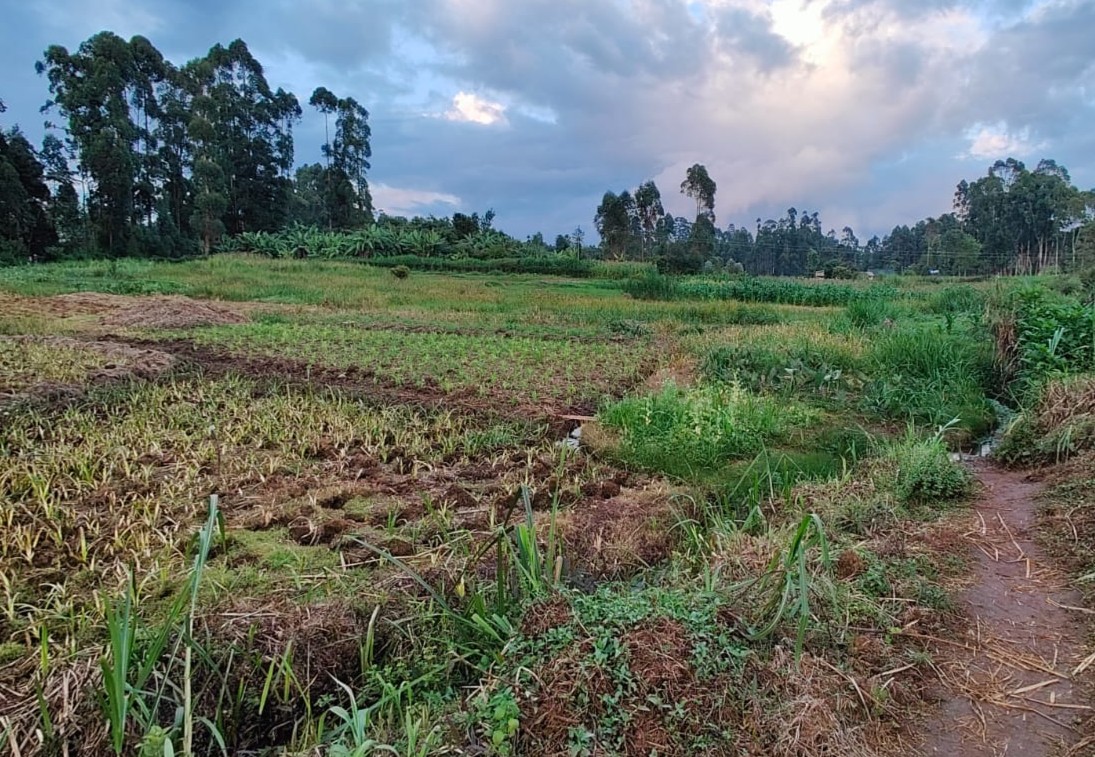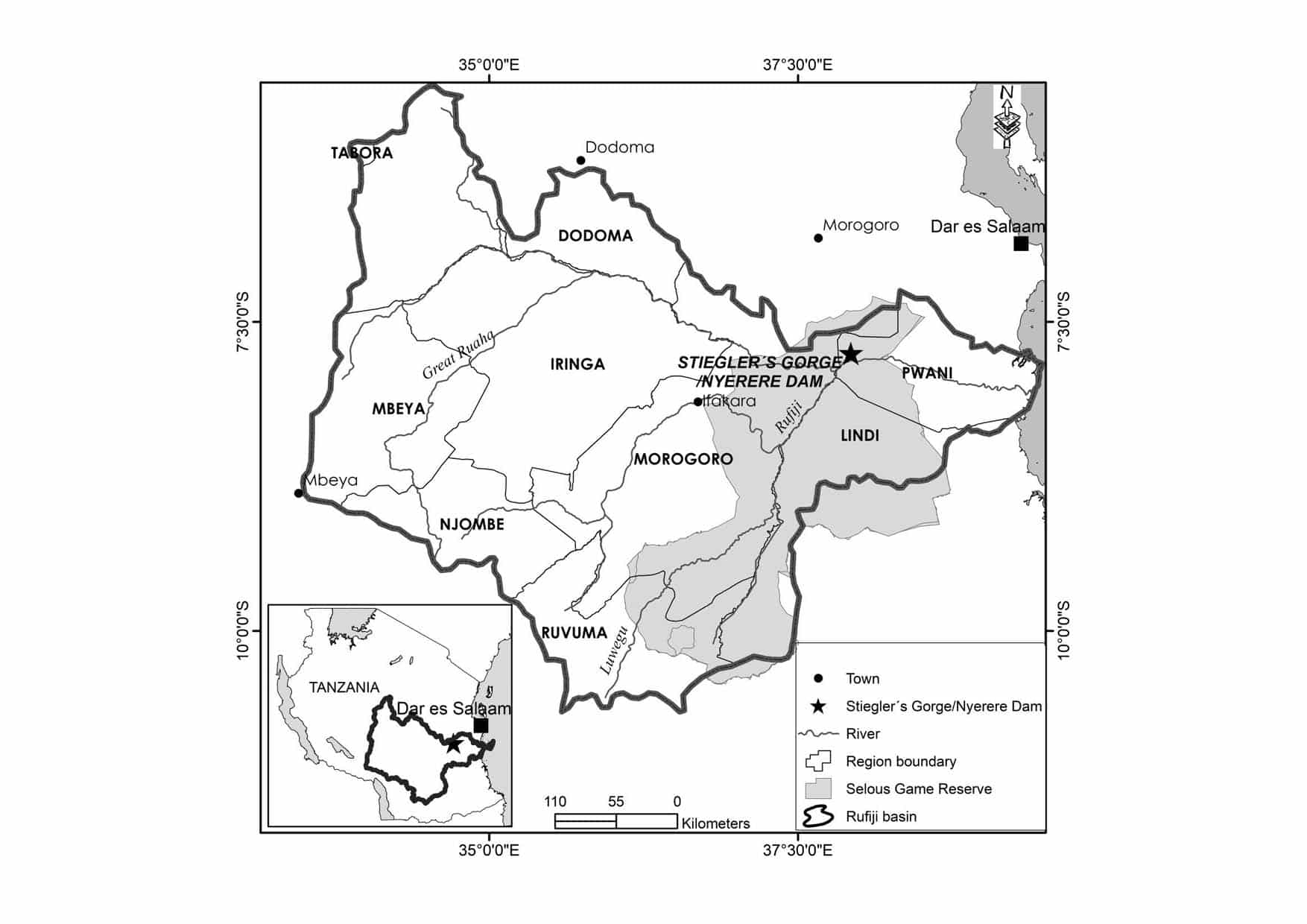Abstract
Many poor rural households depend on products from non-cultivated environments for subsistence and commercialization. Collective action schemes, such as community-based natural resource management (CBNRM), aim at maintaining natural resource quality and thus potentially contribute to the sustainability of environmental income sources. Little is known about whether and under which contextual conditions these schemes effectively promote environmental income generation or imply trade-offs between wildlife conservation and socioeconomic development. We rely on a unique combination of original farm-household data with a rich set of spatiotemporal covariates to quantify environmental income and dependency in Namibia’s Zambezi region at the heart of the Kavango-Zambezi Transfrontier Conservation Area. We then estimate the effect of CBNRM on environmental income and dependency in a quasi-experimental regression-based approach. Controlling for historical variables that affected selection into formal CBNRM schemes, we further explore the role of contextual variation in exposure to tourism activity. Results suggest that CBNRM fosters livelihood strategies that are, on average, more dependent on the environment. However, this effect is driven by outcomes of households that live in close proximity to touristic enterprises, where such livelihood strategies align better with other income generating opportunities than in areas where agriculture represents the only viable economic alternative.
Meyer, M, Hulke, C, Kamwi, J, Kolem, H, Börner, J 2022, ‘Spatially heterogeneous effects of collective action on environmental dependence in Namibia’s Zambezi region‘, World Development, Vol. 159, 106042, DOI.






